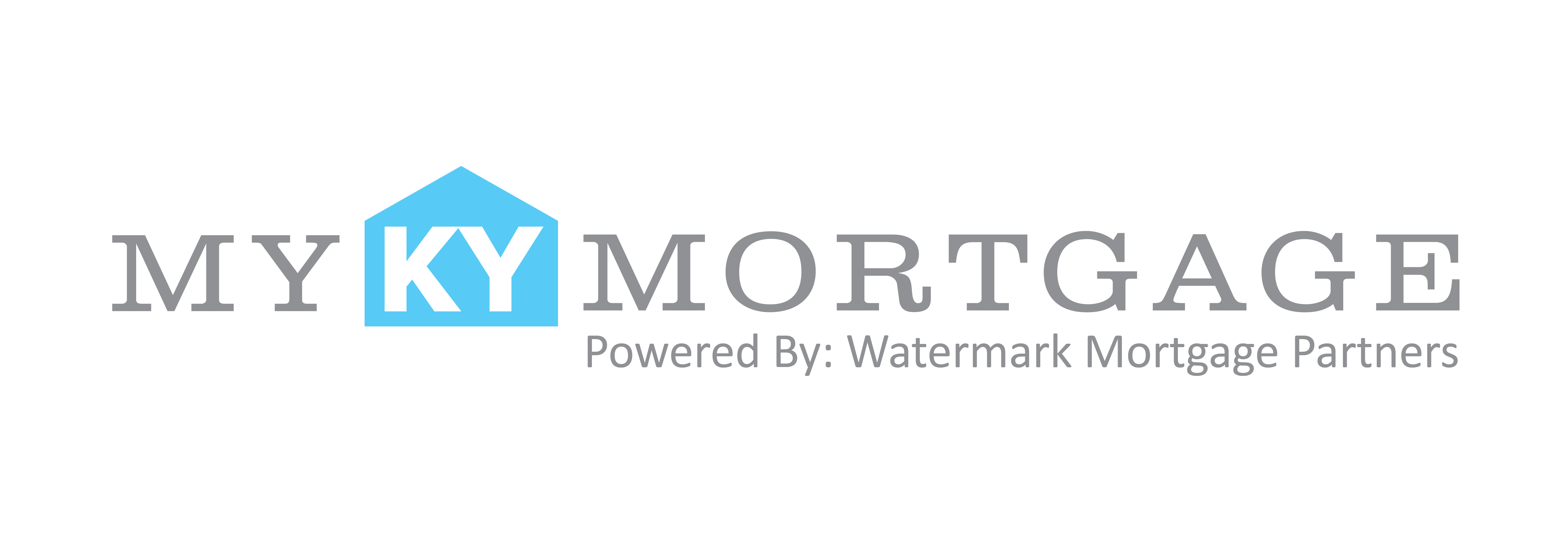When looking to purchase a new home, many people focus on finding a house and obtaining a mortgage that they can afford. However, prospective home buyers should be aware that there’s more to being able to pay for a house than having an income that exceeds their outgo. Banks base their decision to lend and at what rate on an individual’s ability to pay back a loan, so someone’s debt to income ratio is very important.
Experts recommend that people have a debt-to-income ratio no higher than 36 percent of their gross monthly income. Even if a lender is willing to offer a mortgage that would put someone above this ratio, it does not mean that taking the loan is a financially sound idea. When large amounts of income are taken up with paying off debt, it leaves individuals little wiggle room for unexpected expenses. Further, having money that is not tied to paying off debts allows people to eliminate debt faster and set money aside for savings and retirement.
There are a few situations where taking on debt that will push someone past the 36 percent ratio makes sense. If an individual is expecting to come into a large amount of money in the near future or they are anticipating an increase in pay, it could be a good idea to take out a mortgage, especially if it is at a low interest rate. Additionally, if a person is about to pay off other debts, taking on a ratio that is higher than 36 percent could make sense.


